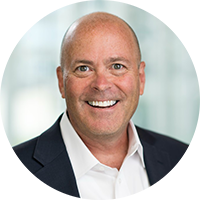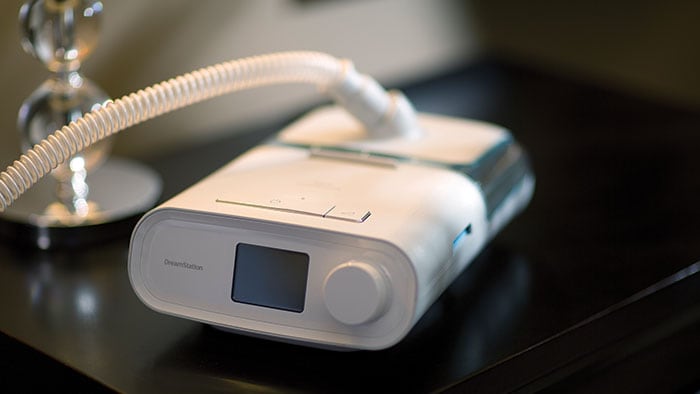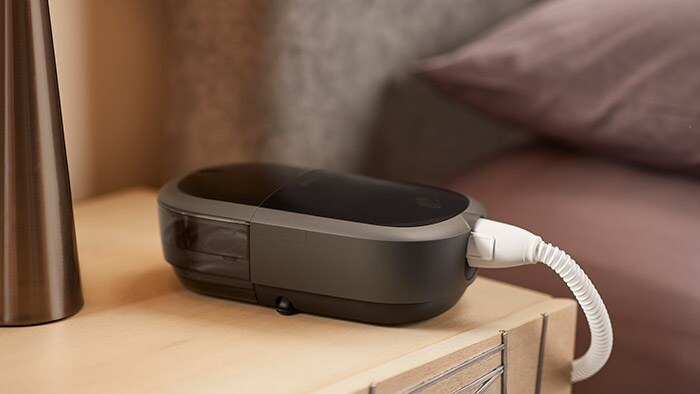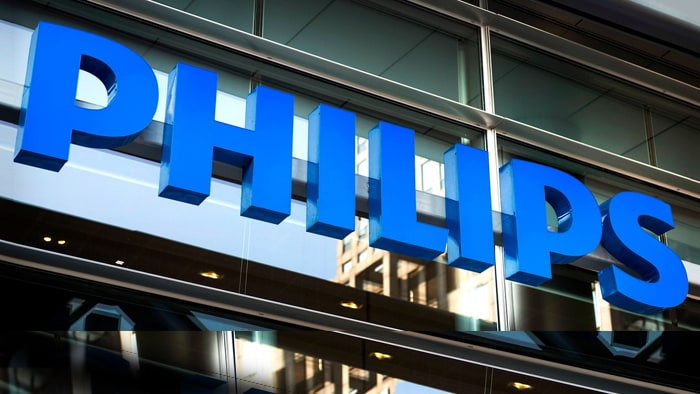Learning from customers, clinicians, and the evolving industry
Oct 31, 2024 | 3 minute read
During the fall, our team met with many customers, clinicians, and industry stakeholders at trade fairs and congresses around the globe, including the European Respiratory Society (ERS) Congress in Vienna, Austria, the Sleep Europe 2024 in Seville, Spain, and Sleep DownUnder on the Gold Coast of Australia. The common thread during all those engagements is that they all agreed that there is a real buzz around sleep and respiratory care. A previous study suggests that one billion patients are living with OSA worldwide, with 85% of obstructive sleep apnea (OSA) patients undiagnosed [1]. These findings highlight just how broad of a population needs support in dealing with OSA, and our opportunity and obligation to helping them get the care they deserve.

Driving innovative change for OSA treatment
Throughout the Congress, there was so much focus on the recent news involving consumer technology advancements and OSA. The U.S. Food and Drug Association (FDA) recently cleared Apple’s new OSA detection feature, which will be available through a new software upgrade for its various Watch models. Similarly, Samsung also received clearance for a sleep apnea feature for its Samsung Galaxy series that will be available before the end of the year.
I am excited that OSA is capturing the attention of major consumer tech companies and how new devices and advancements drive positive patient outcomes. As we look ahead, we aim to be alongside technologies such as Apple’s and Samsung’s, providing solutions to enable more rapid diagnosis and treatment of OSA. However, another powerful driver of OSA awareness is coming from an unexpected source: GLP-1 weight loss drugs.
Holistic treatment of OSA
One of the questions I am often asked is how GLP-1 weight loss drugs will affect our industry. There has been so much attention surrounding these medications, but what may be getting undervalued is how these treatment options could lead to more patients engaging with their healthcare providers. We support a holistic approach to OSA treatment and advocate weight loss for our patients, as it helps reduce the effects of OSA and helps make CPAP therapy more effective. While GLP-1 drugs lead to weight loss, they don’t eliminate OSA in all patients. Instead, they should be seen as complementary to CPAP therapy because they can make CPAP more tolerable for patients. In fact, the latest Eli Lilly drug trial showed that their drug may be more effective when combined with CPAP treatment compared to the drug alone [2]. We believe that Philips can be an effective partner in a patient’s weight loss journey. In addition to highlighting the importance of testing, monitoring, and a healthy lifestyle, we can also highlight the positive impact of CPAP therapy management and proper mask selection.
I’ve heard directly from clinicians that they are hungry for more patient treatment options. Many of these conversations focused on creating opportunities to deliver even more value through multimodality solutions. This includes expanding remote patient monitoring access to help keep patients healthier and out of the hospital. Having a selection of quality partners to choose from also remains important to clinicians and customers and is something we consistently hear. They are also eager for a partner in innovation and look to Philips as a provider of solutions that can help them deliver high-quality care for improved patient outcomes.
Our future plans
Patient safety is our number one priority. Quality and safety are at the heart of everything we do, and we are focused on working closely with regulators to ensure we maintain the highest standards in the delivery of healthcare. This includes providing products that our customers and their patients can trust.
We have transformed our approach to patient safety and quality across Philips. This is a multi-year program and, in our Philips Respironics business, includes reviewing every part of our portfolio, adding resources, and intensifying our efforts across the business to identify, address, and resolve potential issues as quickly as possible, in close consultation with regulators whose goals we share to ensure safe, effective and compliant products.
With the agreement on a consent decree for Philips Respironics in place, we have a clear path forward and are fully committed to meeting the consent decree's terms. We also have a dedicated team of employees who are working to fulfil the requirements.
Outside the U.S., we will continue to provide new sleep and respiratory care devices with a continued focus on sleep therapy devices, ventilation devices, oxygen devices, and patient interface solutions that effectively serve the needs of our customers and their patients. There are differences in the portfolio offerings based on geographic location, which adapt to any unique needs in the market.
Our commitment to what matters most
At Philips, we’ve been innovating to improve lives for over 130 years. Innovation is our core strength and will continue to be our core differentiator. Patient-centricity is at the heart of Philips’ new operating model and how we innovate and design for sustainable impact with a ‘safety and quality first’ mindset. Philips has a role to play and should be viewed as an opportunity to ensure a safe patient journey, as they strive for a healthier lifestyle.
We are committed to continue serving the millions of patients in the U.S. who are currently using Philips Respironics sleep and respiratory care devices. Under the consent decree, we are permitted to continue servicing these sleep and respiratory care devices that are already with healthcare providers and patients and to sell accessories (including masks), consumables (including patient circuits), and replacement parts (including repair kits).
In S&RC, we remain dedicated to finding new ways to advance Sleep and Respiratory Care. This includes our ongoing focus and promise of delivering positive health outcomes, helping to lower the cost of care, and improving the patient and healthcare provider experience.








